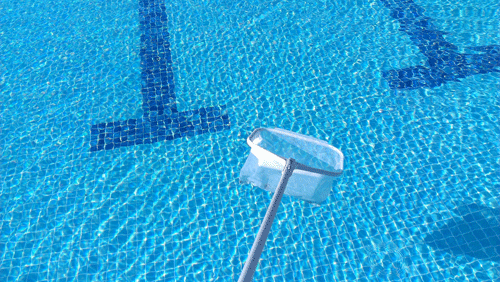Even if we do not use it, it is very important to carry out a swimming pool maintenance during the winter, so that in the heat season it is ready. A few years ago, this task implied having to empty the installation, a costly and environmentally unfriendly practice, but over time new options have emerged, such as the hivernación, a cheaper, simpler and more environmentally friendly alternative that allows water to be conserved from one year to the next. These are the 5 steps to consider in this process:
-
Make sure the filtration systems are in perfect condition for use. A good way to prevent freezing is to wash them against the current.
- In all swimming pools, but especially in those that have vegetation around them, it is also advisable to apply a disinfectant treatment of alguicides, to prevent decomposition. This treatment is done twice during the winter, the first is usually done right after the end of the pool season, and the second in February.
With the pool filter working, add the wintering product in the indicated dosage. Spread it all over the pool and keep the filter running to ensure a homogeneous distribution in the water.
It is recommended to adjust the pH of the pool water between 7.0 and 7.4 and to apply a shock chlorination at the same time that the treatment plant is operated several times a week, thus preventing it from sticking.
.
Using coverings or tarpaulins will help to keep the pool in good condition during cold weather, as it will prevent water from getting dirty and reduce the possibility of freezing and possible falls or accidents. If you do not have a pool cover, you should regularly collect leaves and other debris with the leaf trap to prevent soiling of the water and, at the same time, to prevent it from leaking into the pump mechanisms. It could also be a solution to leave a float inside the pool to try to avoid the freezing of water, especially in colder climates.
.




